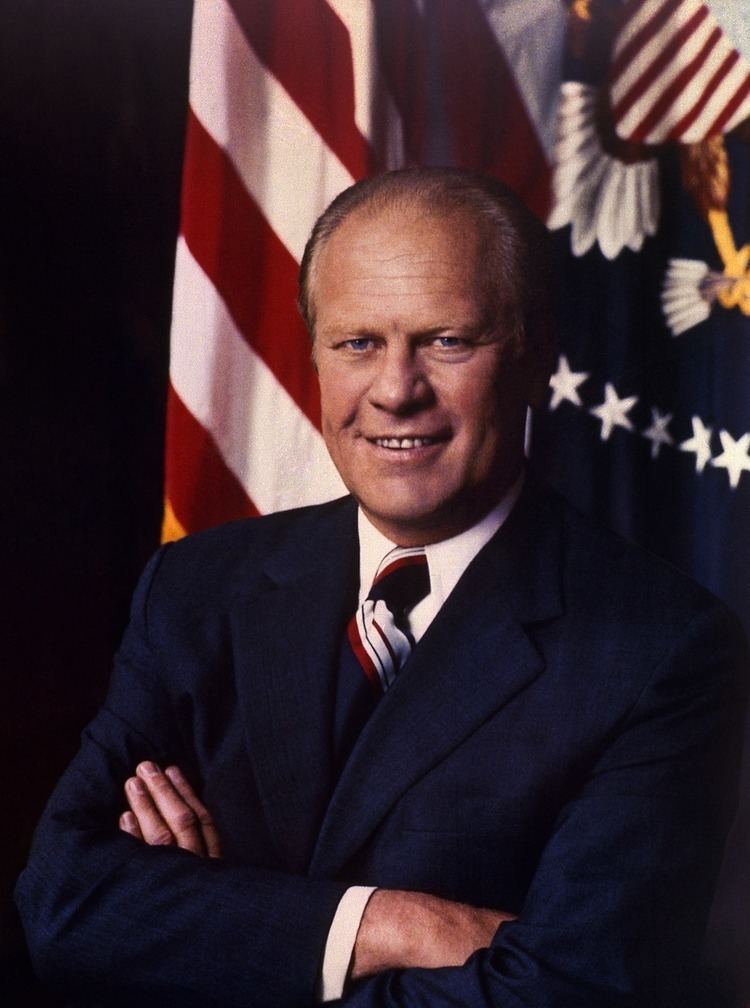The presidency of Gerald Ford began on August 9, 1974, when Gerald Ford became President of the United States, and ended on January 20, 1977, a span of 895 days. Ford, the 38th United States president, succeeded Richard Nixon, who had resigned from office. Prior to this he was the 40th Vice President of the United States, serving from 1973 until President Richard Nixon's resignation in 1974. He was the first person appointed to the vice presidency under the terms of the Twenty-fifth Amendment to the United States Constitution, following the resignation of Vice President Spiro Agnew on October 10, 1973. Ford has the distinction of being the first, and to date the only person to have served as both vice president and president without being elected to either office.
As President, Ford signed the Helsinki Accords, marking a move toward détente in the Cold War. With the conquest of South Vietnam by North Vietnam nine months into his presidency, U.S. involvement in Vietnam essentially ended. He made seven international trips while in office. Domestically, Ford presided over the worst economy in the four decades since the Great Depression, with growing inflation and a recession during his tenure. One of his more controversial acts was to grant a presidential pardon to President Richard Nixon for his role in the Watergate scandal. He also faced two assassination attempts. Ford's presidency, foreign policy was characterized in procedural terms by the increased role Congress began to play, and by the corresponding curb on the powers of the President.
Ford ran unsuccessfully for a full four–year term in the 1976 election. In the 1976 Republican presidential primary campaign he defeated challenger Ronald Reagan to win the Republican nominationin that year's Republican presidential primaries to win the Republican nomination, but narrowly lost the presidential election to his Democratic opponent, Jimmy Carter.
(Text) CC BY-SA

